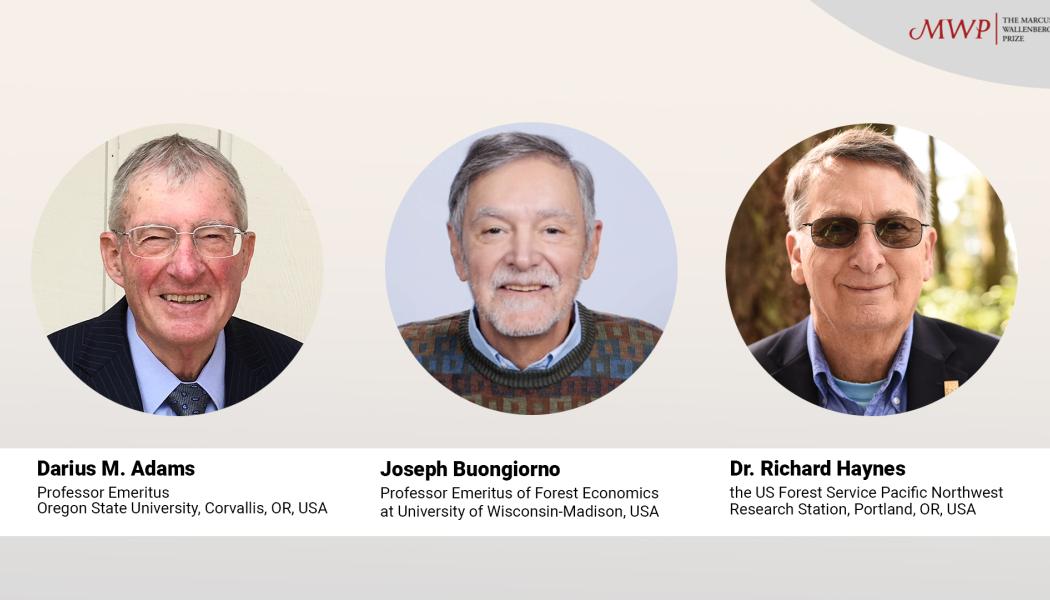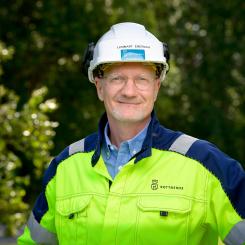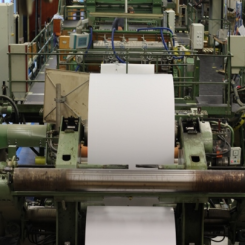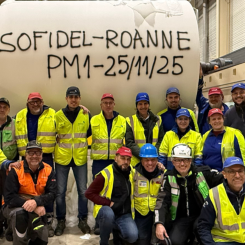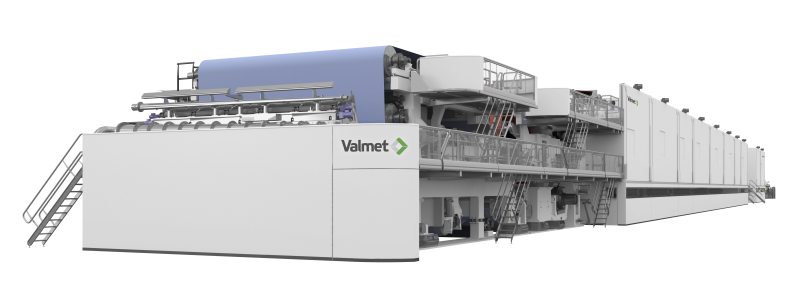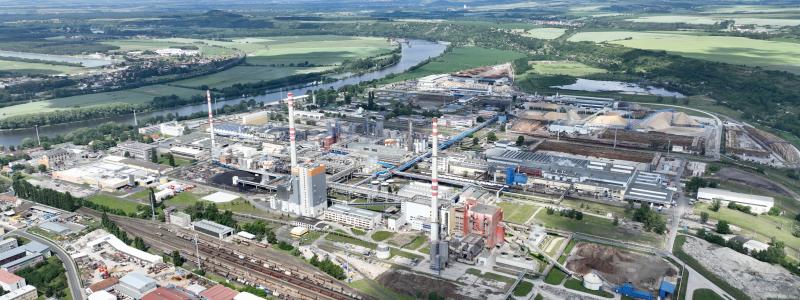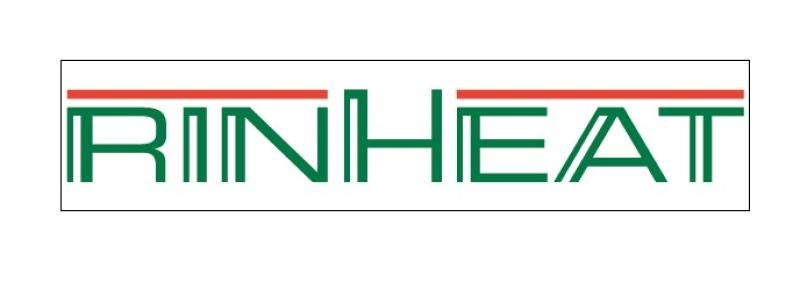The 2023 Marcus Wallenberg Prize is awarded to Drs Darius M. Adams, Joseph Buongiorno and Richard Haynes for their development of the original and groundbreaking forest economic models TAMM and PAPYRUS and its extension to the global forest products model GFPM.
The need to analyze the impact of policies and other factors that influence forestry and the forest industries on a global, national, and regional level is increasing. Climate change put pressures on forest as carbon sinks, and population and income growth imply rising pressures on the demand of forest raw materials all over the world.
The TAMM and PAPYRUS economic models demonstrate a groundbreaking way to combine biological, statistical, mathematical, and technological knowledge with neoclassical economic theory into empirical models that are highly useful for forestry, forest industries and policy makers. These models can be applied to analyze the impact of multiple factors such as trade regulations, climate mitigation measures, carbon pricing, forest protection measures, subsidies applied to energy supply, new biorefinery products and climate change. Especially now in rapidly changing times, these models and their successors become increasingly valid and needed.
Work on the models commenced in the 1970’s, when major changes took place in the forest industry as a result of globalization and increased demand. This led to environmental concerns and challenges related to international trade regulations in the forest sector. Appropriate tools to analyze the effects of such concerns became an urgent requirement to manage the future development within the sector, and it was in this setting that TAMM and PAPYRUS were developed.
The foundation of TAMM (Timber Assessment Market Model) was laid in the 1970’s, a product of the joint efforts by Darius m. Adams and Richard Haynes. Adams had developed a model that included detailed timber supply routines for various types of landowners, a rough trade model for the USA-Japan lumber trade, and full coverage of the US forest products industries. However, prices were set outside the model, and inter-regional trade within the US was not included.
Around the same time, Haynes developed a spatial model of timber supply that outlined how much timber is available in different parts of the US, taking into account that demand and subsequently the price can vary depending on region. The model utilized a heuristic algorithm to figure out trade and prices at the same time. After this, Adams and Haynes co-developed TAMM, the first multi-market spatial equilibrium forest sector model.
TAMM covered only the US solid wood market, and Buongiorno’s important early contribution to forest sector modelling was the development, with his graduate students, of the model PAPYRUS, which is a multi-market spatial equilibrium sector model of the North American pulp and paper industries. It had several structural similarities with TAMM but included two major improvements: it used activity analysis to characterize production technologies and applied ordinary stepwise linear programming.
The groundbreaking work of both TAMM and PAPYRUS became the foundation for the future of forest sector modelling based on neoclassical economic theory, and has laid the basis for numerous global, national, and regional models of this kind, including the widely used Global Forest Products Model GFPM.
“European forests are currently affected by several regulative actions such as Nature Restoration Regulation and Biodiversity regulation from the EU. Understanding the economic impacts of these regulations is of utmost importance for the forest sector and national decision makers. The models created from the groundbreaking research of the prize winners has enabled development of European tools to address these questions,” says Professor Gert-Jan Nabuurs, Member of the Marcus Wallenberg Prize Selection Committee.
"Global forests and the industry continue to face new demands and challenges under a changing climate and new governance conditions. The further development of forest and forest sector modelling and continuing on the legacy of this year’s laureates will become increasingly important to guide policy making at different levels and to sustain an intelligent and sustainable development of forestry and forest industries,” says Professor Johanna Buchert, Chairperson of the Marcus Wallenberg Prize Selection Committee.
The Marcus Wallenberg Prize 2023 will be presented by HM the King of Sweden at a ceremony in Stockholm in November this year.




